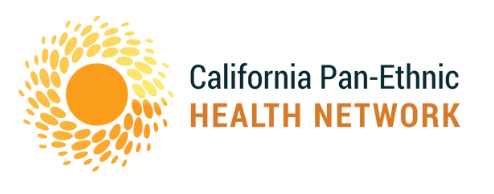On Friday, CPEHN and 17 diverse public health, environmental, and climate change related organizations signed onto a joint letter to the Governor’s Office of Planning and Research commending the recently revised 2015 General Plan Guidelines, which includes new chapters on Healthy Communities and Social Equity, Environmental Justice, and Community Resiliency as well as an updated Public Engagement and Outreach chapter. The revised Guidelines show promise in directing cities and counties to consider health and social equity in future development.
In addition to the strong support for these chapters, the joint letter outlined several recommendations for strengthening them. For example, we call upon OPR to more prominently acknowledge the changing racial, ethnic, economic, and aging demographics of California. By understanding these demographic shifts, our cities and counties can better consider existing and future needs, especially in historically under-resourced communities. We also recommend the document define key terms, such as health and equity, to build awareness and understanding at the outset of the planning process and to utilize visual representations of key concepts or frameworks within the Guidelines.
The specific chapters on which our groups focused our analysis included Public Engagement and Outreach (Chapter 3), Healthy Communities (Chapter 5), and Social Equity, Environmental Justice, & Community Resilience (Chapter 6). The comment letter also reflected feedback from community workshops hosted by CPEHN in partnership with OPR in Oakland, Fresno, Los Angeles, San Diego, and Orange County in November 2015.
Some of the specific recommendations for the Public Engagement and Outreach Chapter include increasing accountability and transparency in the planning process including creating a community feedback loop and encouraging planning agencies to conduct community education before the formal planning process begins.
The ways in which we recommended improving the Healthy Communities and Social Equity, Environmental Justice, & Community Resiliency Chapters included making greater links between the two, including stronger, clearer definitions of key terms including health disparities and community resilience, and providing more context for the social equity and environmental justice sections.
Overall, the inclusion of these new chapters is groundbreaking for California and OPR should be commended for its strong focus on health, equity, and environmental justice in the 2015 revision of the General Plan Guidelines. By adding weight to the concepts of transparency, accountability, and deep democracy in land use planning and policy formation, the revised Guidelines can provide much needed pathways toward building resilient communities throughout the state.
While OPR leaves open the option for local jurisdictions to consider either a separate health element or an integrated approach to healthy communities, research shows that having a separate health element is an important rallying point for communities. Conversations in the community on health and equity provide important insights into the visioning of growth and development. In fact, we heard throughout our workshops that community members are willing to advocate for a mandatory health element in General Plans. In addition, recent research also shows that it is not only important to include a health lens, but also to ensure that the framing of health addresses the social determinants of health and not just the absence of disease.
We look forward to working closely with OPR, the Health in All Policies Task Force, our allies, and communities around the state to finalize these Guidelines and start working towards healthier communities.
